According to scientists, the use of kohlrabi brings tangible benefits to human health. It can reduce the likelihood of the most common diseases of the heart and blood vessels, endocrine, and digestive systems. The same plant has virtually no contraindications.
Kohlrabi Health Benefits
Kohlrabi is one of the most vitamin-rich vegetables. It has been very popular since the heyday of the Roman Empire. It was valued for its high nutritional value and its ability to revitalize quickly. The main advantage of kohlrabi is that even after long storage and freezing, its composition does not change. Let’s list the main active ingredients:[1]
- The vitamin complex includes almost the entire group of B vitamins: retinol, tocopherol, folic acid, and nicotinic acid. Ascorbic acid, or vitamin C, deserves a special mention. The content of this component in turnips is so high that even lemons cannot compete with the vegetable in this respect. [2]
- Mineral elements: sulfur, molybdenum, boron, phosphorus, potassium, magnesium, and a long list of substances in this group. And in terms of calcium content, kohlrabi is not inferior to such popular products as eggs, milk, and cheese. And potassium and magnesium in turnip stalks are higher than in apples and seaweed.
- Antioxidants are also present in this amazing vegetable. We especially want to mention selenium, which provides antioxidant protection for the whole body.
- Insoluble fiber (cellulose) enables the cleaning of bile acids and cholesterol from the tissues of an organism. The presence of this ingredient in food inhibits the absorption of fats and carbohydrates and prevents the formation of gallstones and duct stones.
- Glucose and fructose not only form the taste of the vegetable, they also provide energy for all biochemical processes. Even strawberries and carrots have more natural sugars than kohlrabi.
- Mediterranean kale contains vegetable proteins, but it has very little fat—about 1.2%.
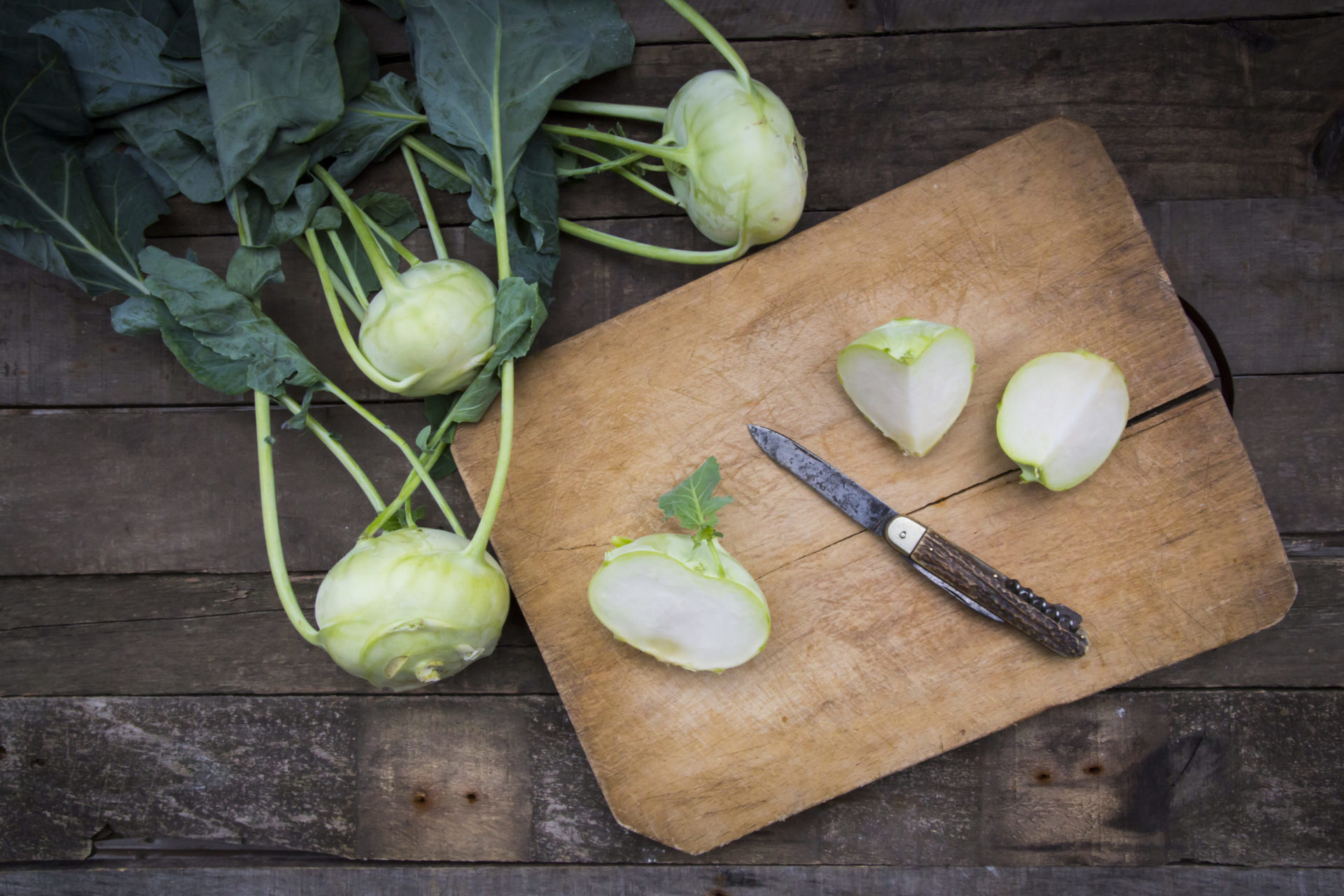
Nutritional Value of Kohlrabi
The uniqueness of cabbage turnips lies in the fact that they are low in calories and high in nutritional value. Simple vegetable dishes made with Mediterranean cabbage are very hearty.
| Key substances | per 100g. |
| Water | 86g. |
| Squirrels | 2.8 g |
| Fats | 0.1 g |
| Carbohydrates | 7.9 g |
| Dietary fiber | 1.7 g |
| Ashes | 1.2 g |
| Ascorbic acid (C) | 52 mg |
| Niacin (PP) | 1.2 mg |
| Tocopherol (E) | 0.2 mg |
| Beta-carotene (A) | 0.008 mg |
| Pyridoxine/Pantothenate (B6/B5) | 0.17 mg |
| Minerals | per 100g. |
| Potassium | 370 mg |
| Calcium | 46 mg |
| Phosphorus | 50 mg |
| Magnesium | 30 mg |
| Sodium | 10 mg |
| Iron | 0.6 mg |
| Manganese | 0.14 mg |
| Copper | 0.13 mg |
| Zinc | 0.03 mg |
| Selenium | 0.0007 mg |
Kohlrabi Benefits
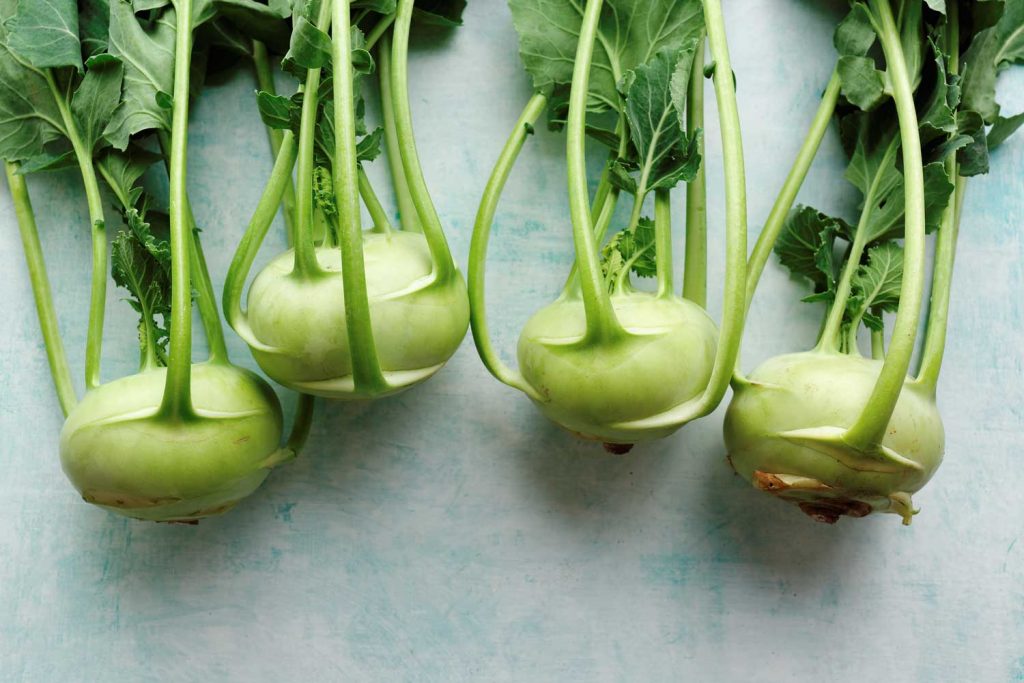
In addition to its unique composition and high gastronomic characteristics, kohlrabi cabbage has a number of medicinal properties. Scientists around the world have conducted clinical trials, and the results have shown that the presence of vegetables in the diet has the following beneficial effects: [3],[4],[5],[6],[7],[8]
- normalizes metabolic processes;
- improves liver function;
- stimulates digestion;
- clears the blood vessels, which reduces the risk of heart attacks;
- strengthens the immune system;
- normalizes blood pressure;
- prevents the development of cancer;
- improves intestinal peristalsis;
- effectively cleanses the body of toxins;
- has a mild sedative effect;
- helps to fight swelling because it helps to eliminate excess fluid;
- exhibits antibacterial activity;
- increases metabolism;
- promotes productive weight loss.
For Women
- The vitamin content of the vegetable is primarily beneficial in that it will provide immunity and resistance to various infections.
- A problem for many modern women is being overweight. If you include Mediterranean cabbage in your diet, you can get back into shape in a short period of time.
- The presence of antioxidants cleanses the body at the cellular level from toxins that often cause cancer.
- Kohlrabi is considered to be the best preventive agent against breast cancer.
- The antioxidant properties of the vegetable inhibit the aging process, which is good for appearance.
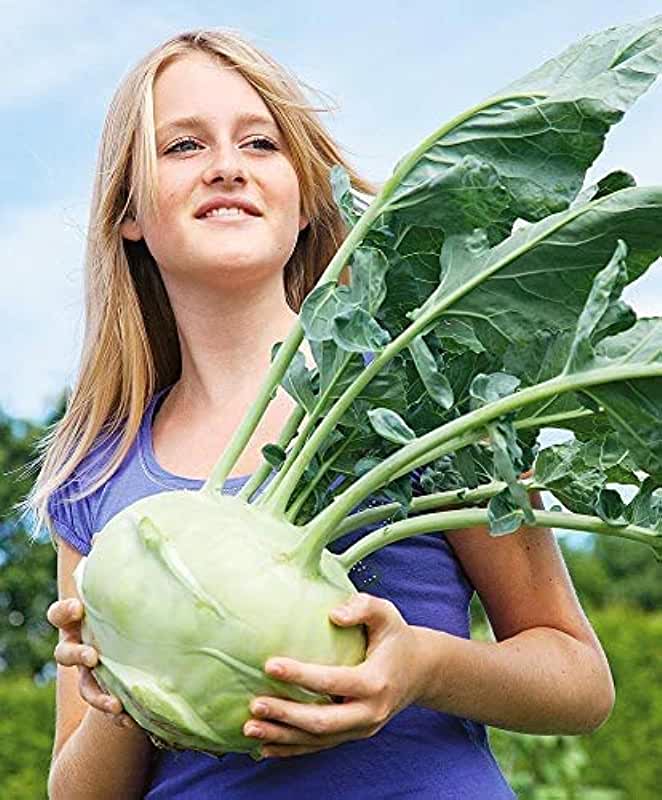
For Men
The male half of mankind is under more strain than the female half. Stem turnips can compensate for physical and emotional losses. Athletes and people engaged in heavy physical work should pay special attention to this useful vegetable. It was no accident that in ancient times, warriors increased their strength and endurance with the help of kohlrabi. The content of zinc and selenium in vegetables has a positive effect on the reproductive system of men. Therefore, sexual problems can also be solved quickly and effectively if you regularly use this product. [9]
During Pregnancy
Many foods are forbidden during pregnancy for expectant mothers. But doctors and nutritionists have made an exception for kohlrabi. On the contrary, they strongly recommend eating this vegetable in raw, boiled, or stewed form. The following are the advantages of such a vegetable diet: [10], [11], [12]
- A vitamin supplement will keep the woman’s and unborn child’s immune systems in good working order.
- The presence of iron will help keep hemoglobin in the normal range. After all, pregnant women often suffer from anemia.
- The ability of the vegetable to normalize the water balance can help cope with swelling.
- Constipation is a common problem among pregnant women. And this problem is easily solved by Mediterranean cabbage.

The Benefits of Kohlrabi in Breastfeeding
A woman’s body needs support during the first months after giving birth. Mediterranean cabbage can be a reliable source of vitamins. However, the vegetable should not be eaten raw because the high fiber content of the vegetable product can cause colic in the baby. Care should be taken with fresh vegetables during the first three months of a baby’s life. Once the critical period is over, you can once again enjoy the pleasant taste of kohlrabi. This type of cabbage increases lactation and prevents fat from being stored, which is important for every breastfeeding woman. [13]
The Benefits of Kohlrabi for Children

Older children, in the absence of allergic symptoms, should preferably be given kohlrabi several times a week in different forms. This vegetable is especially beneficial for malnourished children. A 100-gram serving of stew or salad will satiate the child’s body and also provide the tissues with a range of essential elements. [14], [15]
Kohlrabi Benefits for Diabetes
A turnip cabbage dish must be included in the menu for the second type of diabetes. Such a diet will promote normal metabolic processes, and the low calorie content of the vegetables will help to keep body weight within normal limits. In addition, the rapid digestion of the product prevents an increase in blood sugar, which is also important for the health of sick people. Meals with Mediterranean cabbage are hearty and nutritious because the vegetable is rich in vitamins and minerals. Therefore, the presence of such a healthy product in the diet will help the body maintain a normal balance of substances. [i]
Is Kohlrabi Good for Weight Loss?
Mediterranean cabbage contains a special substance called arginine. This amino acid is considered to be the best fat-burning agent. When ingested with food, arginine is activated, speeding up the metabolism and cleansing the body of toxins. Through these actions, extra pounds are lost naturally. For those who are busy losing weight, it is best to include salads with the fresh vegetables on the menu. [16], [17]
Harms and Contraindications
The benefits of Mediterranean cabbage are so enormous that it is even acceptable for expectant mothers and toddlers to eat it. But even the high degree of safety of the vegetable product does not rule out the presence of restrictions. The list of contraindications includes the following conditions:
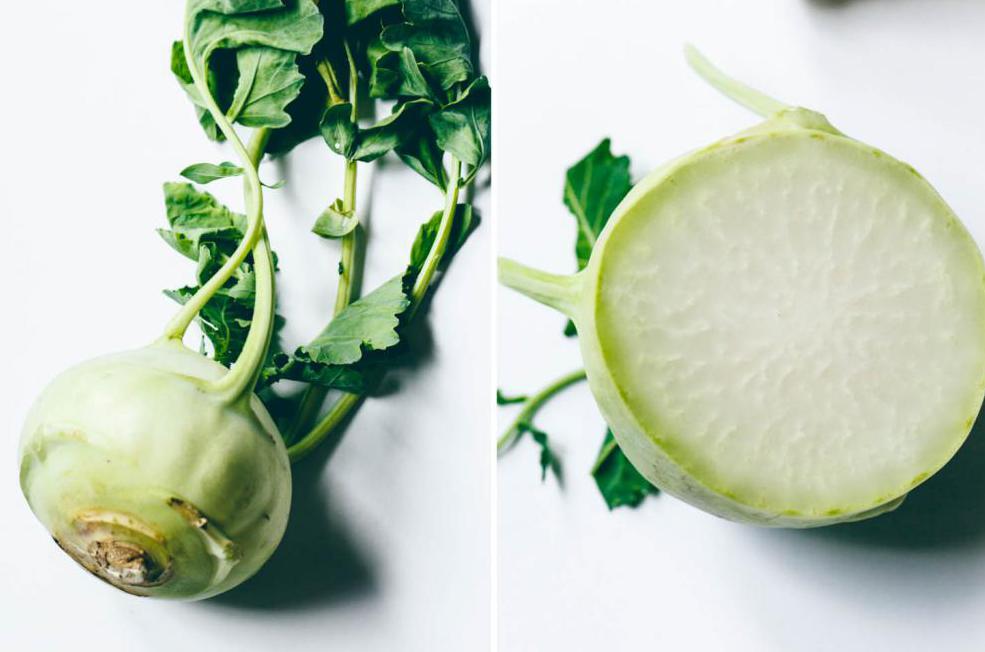
- acute pancreatitis;
- gastritis with high acidity;
- hypotension (low blood pressure);
- exacerbation of peptic ulcer disease;
- individual intolerance to the product.
Conclusion
To sum up, it remains to be said that kohlrabi lives up to the title of leader among vegetables in terms of taste. It is the ideal combination of low calorie and high health benefits.
FAQ
This type of cabbage is great for eating fresh, so the best way to preserve all the useful qualities is to cook it, and the pleasant taste of flesh will please gourmets.
The leaves of this plant are suitable for use only if the plant is young.
Kohlrabi is considered a valuable fodder for all herbivores. Fodder varieties are specially cultivated for this purpose.
Kohlrabi sprouts not only can but should be frozen. If the vegetables are properly prepared for this kind of storage, the vitamin content, as well as all the mineral supplements, will last for nine months.
Fresh cabbage-turnip juice helps relieve inflammation in cholelithiasis and is taken as a diuretic in pyelonephritis and cystitis.
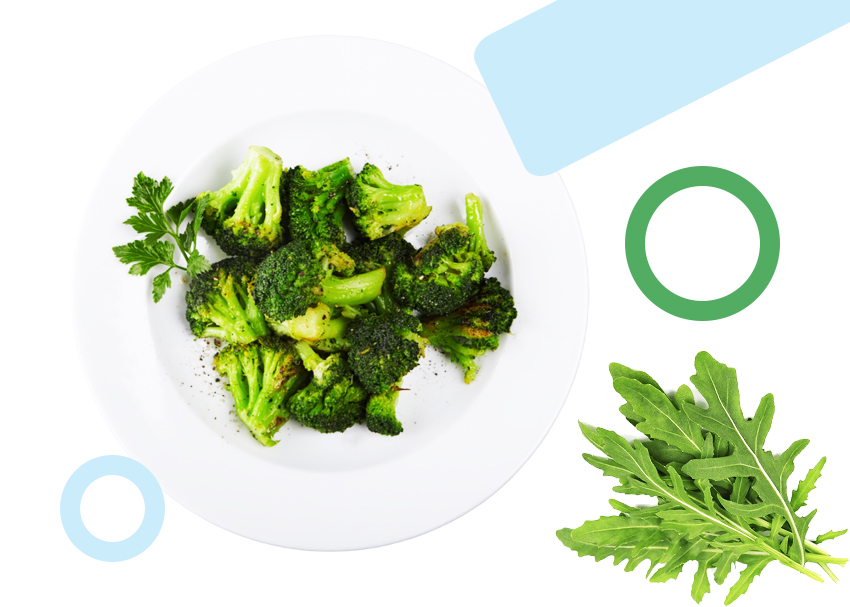
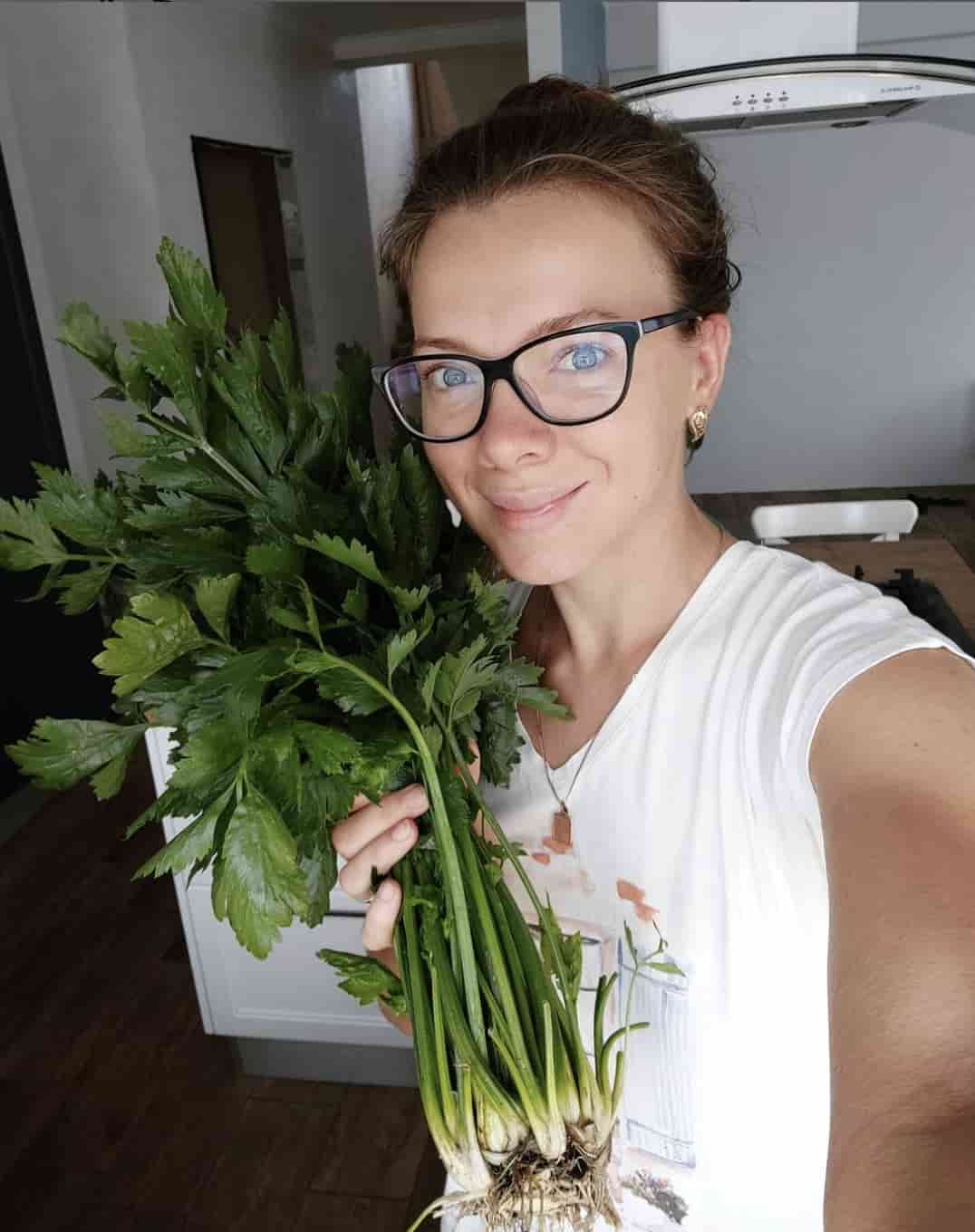




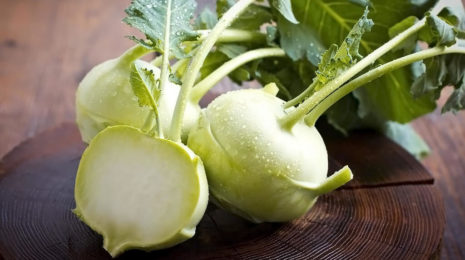


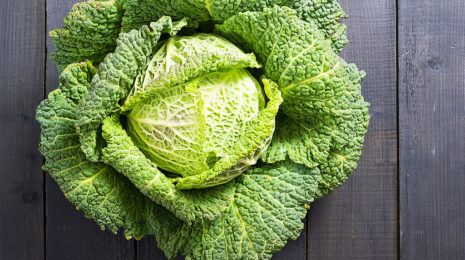

Is kohlrabi good for diabetes?
Kohlrabi, like other fruits and vegetables, has a high water and fiber content that can increase satiety, lower calorie intake, and, as a result, reduce body weight. By preventing obesity through a balanced diet that includes vegetables like kohlrabi, you can immediately reduce your risk of getting type 2 diabetes as obesity is one of the major risk factors for the disease.
If you already have the condition, changing your diet to include more veggies like kohlrabi can help you reverse diabetes naturally and reduce the need for blood sugar-regulating drugs. According to one study, eating more fruit, berries, and vegetables, like kohlrabi, may lower your chance of developing type 2 diabetes.
Why isn’t kohlrabi more popular in the US?
Although kohlrabi is practically always grown in gardens where I currently reside in central Europe, I have only ever eaten it once in the US. Why isn’t it more widely known? Or is it well known but I haven’t heard of it?
Being American, I adore kohlrabi. I’m not sure why it isn’t more well-known, but it’s probably because the part of broccoli that tastes the closest like it—the stalks—is the portion that people think they shouldn’t purchase. Broccoli crowns without the stems are sold here. And few people are aware that the stalks taste great raw in salads if you peel them. Similarly, kohlrabi. My favorites are cooked or shredded in a slaw. Every time I see it, I buy it.
When it appeared in my CSA basket last year, I tried kohlrabi for the first time. At first, I had to Google it since I had no idea what it was, but once I gave it a try, I was hooked. However, it’s really hard to locate in my neighborhood, which is unexpected given that I live in a big metropolis where eating well and locally is highly valued. When I asked for some at our neighborhood market, they ordered some for me, but they don’t have it as a regular item.
Kohlrabi (also known as klrabi) is rather prevalent where I grew up, especially for our holiday dinners. Although I’m used to hearing people refer to it as rutabaga, I seldom ever hear of people in the States even knowing what it is. Why it’s less common here would be fascinating to me.